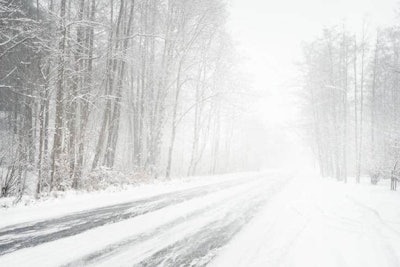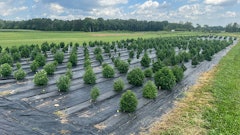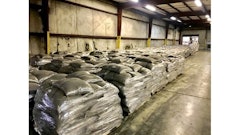
As the climate changes and becomes more volatile, growers must learn to expect the unexpected, such as some geographic locations having fierce hailstorms or unseasonably early snowstorms.
Last growing season, I saw social media posts in which outdoor farmers dealt with both situations: plants beaten down and destroyed by hailstorms, as well as snow-covered plants a few days before harvest. In Canada, I saw a video of a grower harvesting outdoor plants in an October sleet storm that was earlier than any previous storm on record.
With that in mind, outdoor growers in areas prone to extreme winter conditions may want to proactively design and construct frames that allow them to easily cover plants in the event of unseasonably cold weather and/or extreme weather conditions.
While this is not a solution for cannabis farmers, Napa Valley vineyards have 20-foot wind machines/air movers in them; these are essentially 20-foot-tall round poles with two propellers attached to motors on top. Among the grape vines are smudge pots (also known as orchard heaters), oil-burning devices used to prevent fruit trees from freezing. These smudge pots can be filled with diesel fuel and set ablaze to keep crops warm. The smudge pots create heat, and the propellers move the warm air throughout the vineyard. While tempting to try, the smoke from the burning fuel could contaminate cannabis crops.
Temperatures are not likely to get so low for so long before a cannabis harvest that it would require the use of heaters, but weather patterns can be problematic. Cannabis growers can use quick-rising hoop houses to protect their crops from snow and/or ice storms. Covering crops is a time-tested solution used in other large-scale produce industries, including blueberry farms.
Read more: 5 Common Outdoor Cannabis Cultivation Problems (and 14 Tips For How to Solve Them)
























